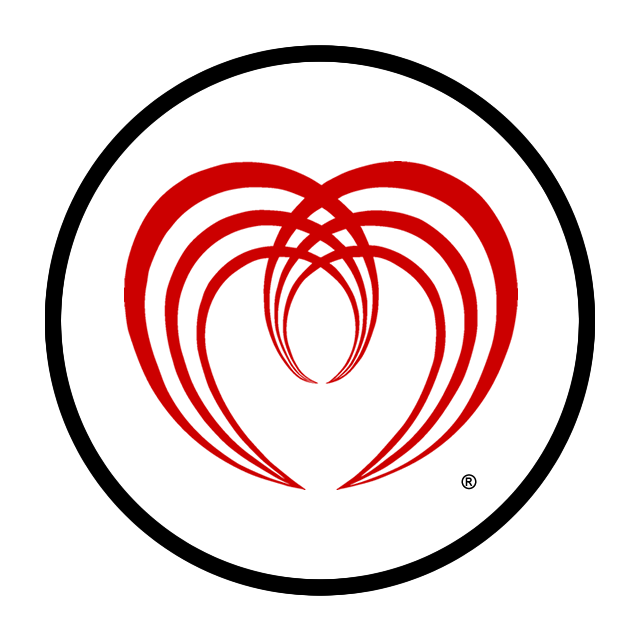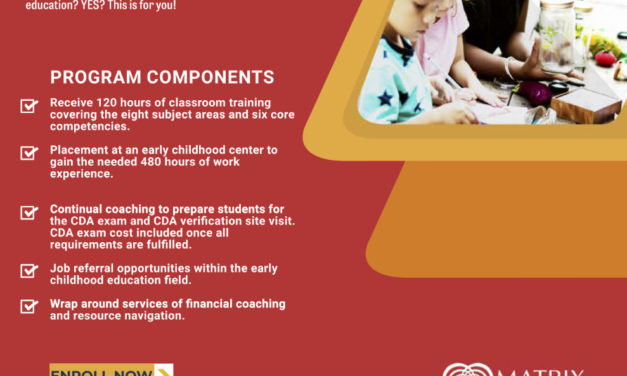Home-based Program Option
Services to Pregnant Mothers and children up to 3yrs old
Early Head Start Home-Based Program Option understands that parents are also teachers of their children. Our Early Head Start Home Visitors support parents by helping them become the best teachers they can be.
This program option provides parent and child education, support for families, and many opportunities to ensure that children are ready for school. Staff help parents create goals for their children and for their families; connect with community resources; and build upon their position as the most important educational resource in their children’s lives.
So Big!
How do we do it?
- Hold your baby on your lap or place baby over a blanket on the floor.
- Ask, “How big is (baby’s name)?”
- Lift his arms up into the air and say, “Soooo big!” As you repeat this question you will smile and your baby smile back.
- He is so smart; he will eventually learn to lift his arms when you ask that question.
Safety Tip
- Your baby wants to put everything she touches into her mouth. Show your baby everything around, but don’t let her eat them.
Your baby’s development
- Your baby is learning through every experience she has, even the ones that seem ordinary to you. She learns through all her senses.
Diaper Time Fun
How do we do it?
- Around this age babies love to be touched, tickled and cuddle.
- Talk to your baby and gently clean her skin. After you diaper and re-wrap her, she may like to be swaddled. Swaddling makes her feel secure and warm.
- The first sound she heard was your heartbeat. The rhythm clams her down.
- Look and talk to her. Sing a little song to her, the more times she hears you singing she will anticipate your voice singing the same song.
Your baby’s development
- Routines help young children feel safe during stressful and unpredictable situations. While some children may push back against routines, they appreciate knowing what is next from their parents and the world around them.
Safety Tip
- Your baby will sleep best when she is warm, swaddled securely, and in a snug environment. Remember the safe sleep recommendations. If your baby is in a crib, it should have a tight-fitting sheet over a firm mattress. There should not be any toys, pillows, or heavy blankets with your baby while she sleeps.
Snack Time: Using Small Muscles and Self-Help
How do we do it?
- Offer your baby foods he can feed himself. Let him pick up a piece of food from his highchair tray.
- Make it fun! Sing songs. Talk about what he is eating
- Then put the food in an egg cartoon or divided dish. Observe him and support his learning as he picks foods up.
- Encourage your baby to drink from an open cup. Give him an empty cup to explore and practice with.
- Pour a small amount of water. Breastmilk, or formula in the cup (about one tablespoon) Help your baby bring the cup to his mount. Use a bib and keep plenty of clean up supplies nearby.
Your baby’s Development
- Drinking from an open cup uses small muscles that your baby will use in speaking. They are different from the muscles used when your baby sucks from a bottle or drinks from a closed sippy cup.
- You may be more comfortable feeding your baby yourself to be sure that he eats enough or doesn’t waste food but learning to eat by himself is an important self-help skill.
Safety Tip
- Stay close by when your baby is eating in case he chokes. As he gets more teeth and develops an ability to eat solid foods, be sure to avoid common choking hazards like popcorn, hard candy, grapes, and hot dogs (unless they are cut up lengthwise and crosswise).


